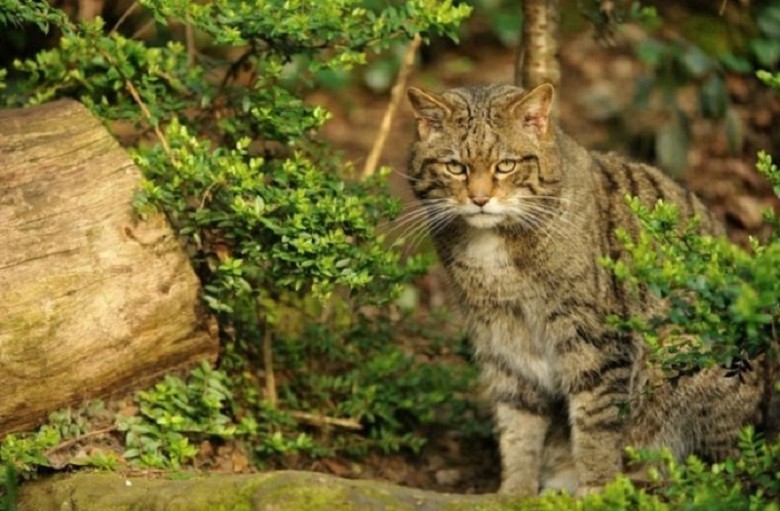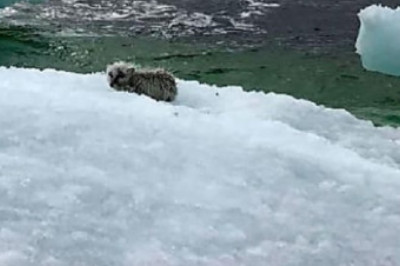Why do cats have white paws?
The presence of white paws is a distinctive feature seen in many modern cats, piquing the interest of even those who may not consider themselves as avid pet lovers. It is noted by scientists that this particular color pattern is quite rare in wild cats, the distant relatives of our domestic feline companions. The majority of cat owners can attest to their pets having white paws that resemble socks. But what is the reason behind the emergence of these fluffy white paws in our domesticated feline friends?
The origin of cats sporting white "socks" on their paws can be traced back to around 10,000 years ago when humans and cats made the decision to coexist for mutual benefit as highlighted by the Portal livescience.com. Leslie Lyons, a professor at the Feline Genetics Laboratory at the University of Missouri College of Veterinary Medicine, suggests that the process of domestication led to various unique mutations.
With the onset of agriculture, humans started settling in one place, leading to the presence of granaries and garbage piles that attracted rodents. This setup led to a mutually advantageous situation where humans dealt with fewer pests, while cats found a readily available food source.
The ancestors of modern domestic cats, originating from a wild and untamed species currently residing in Africa and Eurasia, developed special camouflage to aid in their survival. Kittens of this species require protection until they reach maturity, prompting nature to provide them with a particular pattern to blend in with their surroundings.
A chance mutation that occurred thousands of years ago resulted in some cats of the F. silvestris species acquiring white paws, setting them apart from their counterparts. This unique feature caught the attention of humans due to its interference with the camouflage of wild cats. What was once a potentially disadvantageous trait in the wild became advantageous for survival when interacting with humans as it made the cats more visible and less prone to predators.

Through the process of domestication, humans inadvertently became the selectors of specific traits in animals, leading to the appearance of white markings not only in cats but also in other domesticated creatures like horses, pigs, mice, cows, and rats. These distinctive fur patterns emerge during the development of a cat embryo, wherein the cells responsible for fur color originate as neural crest cells along the soon-to-be back of the cat.
As these cells migrate and group during development, the resulting dispersion or clustering gives rise to the unique markings on the cat. This genetic mutation, influenced by domestication and developmental biology intricacies, plays a key role in the appearance of cats with white paws, offering an interesting perspective on the evolutionary journey of our feline companions.






















Comments
0 comment